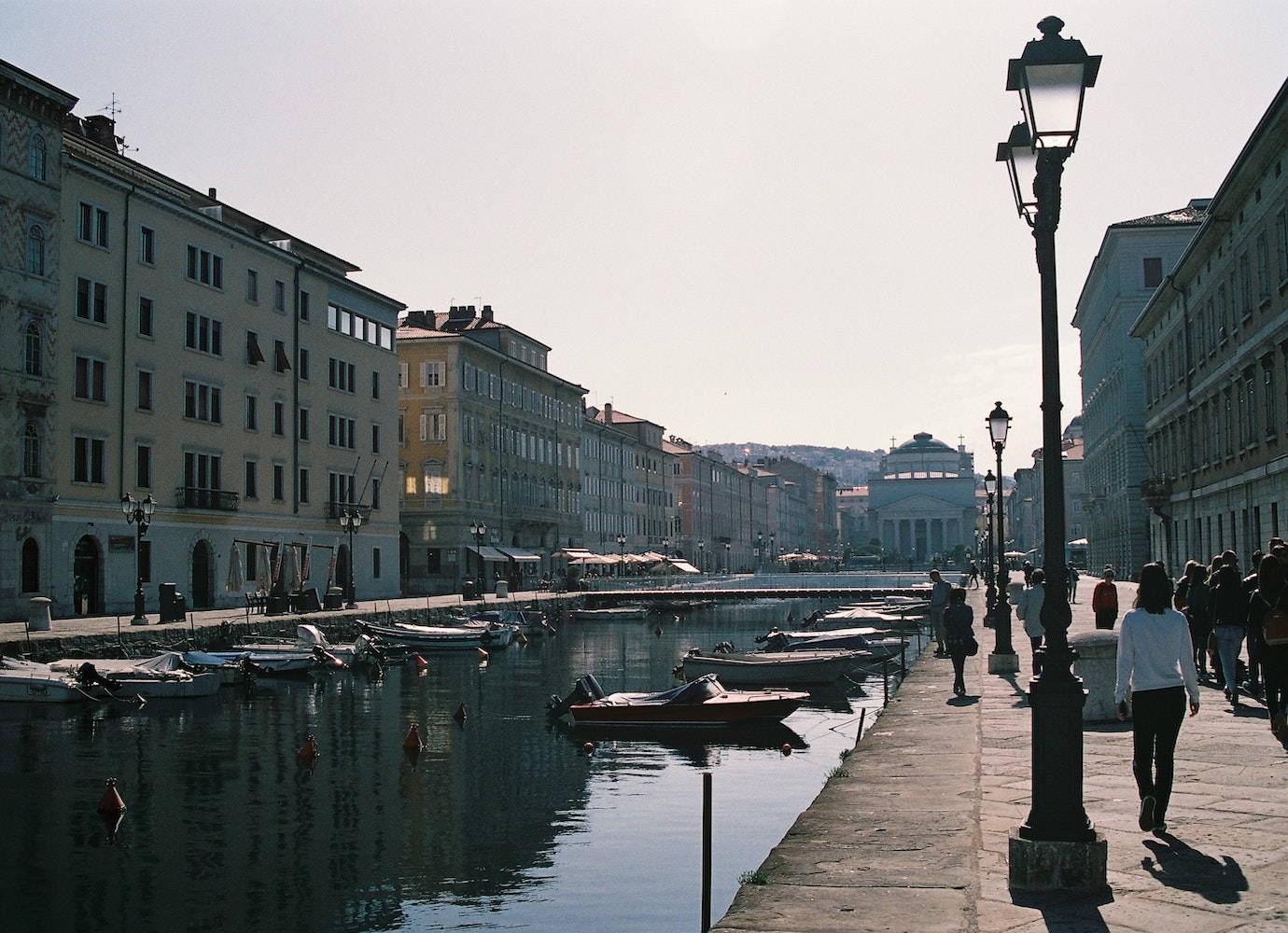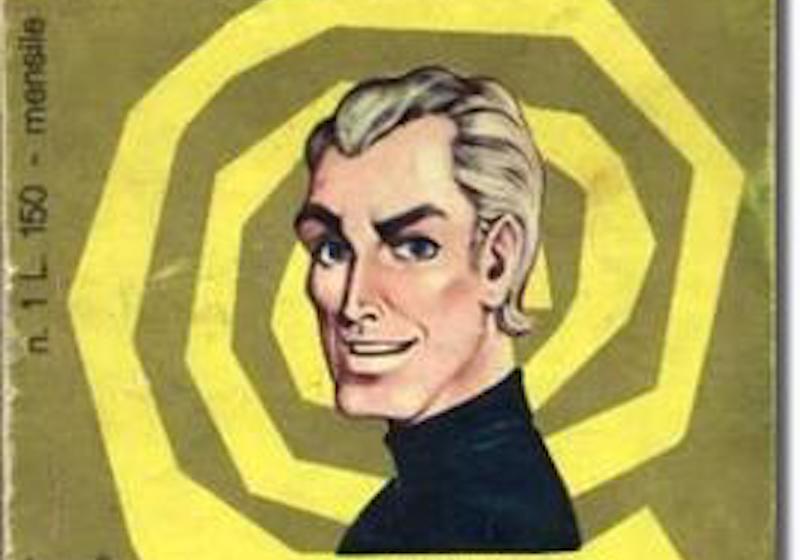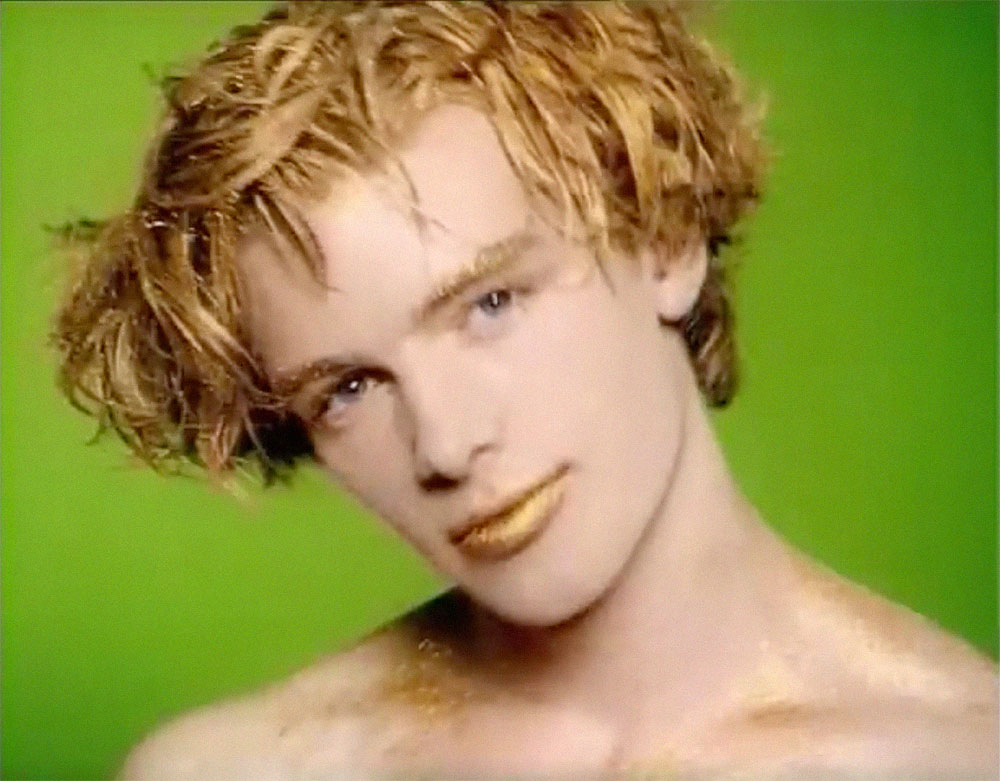How Italian pop music conquered the Soviet Union
When Western pop music finally arrived in the USSR, it wasn't the The Beatles or Janis Joplin that Soviets flocked to hear, but the sultry tone of Italian ballads. Flavio Villani picks through the unique blend that gave Italian pop the edge behind the Iron Curtain — and why Italian stars are still loved throughout Russia today.
In Italy, the Sanremo Music Festival is far more than just a song contest. Held each February since 1951, the competition sees new pop stars born and musicians fight for the heart of the nation. It is a stage for Italy to presents itself to the world, and a catalyst for the country to reflect on its own cultural clout. Anyone studying Italian society could do much worse than watch all seven decades of Sanremo’s star-studded shows.
The Sanremo festival was not only loved by Italians — it was adored across the USSR
It goes without saying that only world-class international artistes appear at Sanremo as invited guests. In 1987, prominent guests included Spandau Ballet, Duran Duran, Whitney Houston, Europe, and the Pet Shop Boys. But Italian audiences saw one more performer added to the line-up: Soviet pop star Alla Pugacheva.
At the time of her guest performance at Sanremo, Pugacheva’s name had already crossed the Iron Curtain: she had recorded an album in English, Watch Out, and performed on several European stages. But her appearance in Italy differed greatly from what she had done before. She wasn’t here to try and forge links with international artists, like when she held concerts in West Germany with local superstar Udo Lindenberg. She was in Italy not to win new fans, but to consolidate her already considerable domestic success back in the Soviet Union.
That’s because Sanremo was not only loved by Italians — it was adored across the USSR. Artistes such as Adriano Celentano, Toto Cutugno, Al Bano & Romina, Pupo, Milva and Raffaella Carrà, and bands such as Ricchi e Poveri and Matia Bazar appeared daily on Soviet TV and radio and held concerts across the country. In fact, their success in the USSR far outstripped their popularity in the West.
The roots of Italian music’s wild Soviet success takes us to Rome and the summer of 1960. The days were hot, and in the evenings, locals and tourists struggled to find free tables on any café terrace. It was during one of those evenings, that Danish musician Sejr Volmer-Sørensen was enjoying a cold drink at the Caffè Grand’Italia on Piazza Esedra. While listening to the concert, which was a fixture in the café, he heard the voice of a 14-year-old boy: Robertino Loreti. Volmer-Sørensen was astonished by the beauty of the teenager’s tenor — so astonished that he brought the boy to Copenhagen to sign a record deal. But Loreti’s success went beyond even Volmer-Sørensen’s wildest expectations. The boy gave concerts across Europe and the United States. His albums sold millions. In Italy, his name was put alongside famous tenor Beniamino Gigli, while the French press called him le nouveau Caruso, comparing him to Enrico Caruso, one of the greatest tenors of all time.
It is unclear how Loreti’s voice broke through the Iron Curtain, although by the 60s, Khrushchev’s thaw meant that foreign culture was no longer seen as quite as dangerous as in decades past. His first records allegedly arrived from Finland, thanks to under-the-counter exchanges between custom officers. His first album was officially released in the Soviet Union in 1961, and contained all his hits: O sole mio, Torna a Surriento and Giamaica.
Unlike in the West, where Robertino’s success only lasted for a few years, Loreti’s success in the Soviet Union was both explosive and enduring. When Valentina Tereshkova, the first woman in space, orbited the Earth aboard Vostok 6 on 16th of June 1963, there was only one musician she wanted to accompany her. “There is a weird silence,” she told ground controllers at the Baikonur cosmodrome, “I miss human voices. Let me listen to the voice of Robertino Loreti.”
To a large extent, Loreti’s popularity was assured in the USSR simply because there was no one else like him. Celebrities in the Soviet Union were war veterans and cosmonauts. The radio broadcast debates on the progress of kolhoz agriculture and concerts of classical and popular music: performances certainly of the highest quality, but not the kind of events that could drive the Soviet masses crazy. Loreti was the first, and for many years, the only pop star in the Soviet Union. During the short season of his triumphs in the West, he had to compete with the likes of The Beatles, Janis Joplin, and Jimi Hendrix, just to name a few. In the USSR, the Italian tenor reigned supreme.
Other Italian acts were reluctant to follow his success — largely because lax Soviet copyright laws made making money difficult. Nonetheless, the stage was set for the arrival of Italian music’s greatest jewel: Sanremo. The festival was first introduced to Soviet television audiences at the end of the ‘70s via Melodii i Ritmy Zarubezhnoy Estrady (Melodies and Rhythms of Foreign Pop Music), a show broadcast on state television’s Channel One between 1976 und 1984. The programme was divided into two parts: the first section showcased music from socialist countries, while the second featured well-known Western acts, such as ABBA and the Bee Gees. Italian singers regularly appeared, with Felicità by Al Bano and Romina Power and Storie di tutti i giorni by Riccardo Fogli making their way to the masses.
In April 1983, the show featured ten songs from Sanremo’s 33rd edition of the festival, including Vacanze romane by Matia Bazar, with the unmistakable coloratura soprano voice of Antonella Ruggiero. In 1984, Toto Cutugno’s greatest hit L’italiano aired on 20 May. Two months later, a selection of fourteen songs from Sanremo’s 34th edition turned out so popular, that it was repeated again in September almost simultaneously by the First and the Second state Channels, and was followed by multiple partial reruns on television and radio. Although Melodii i Ritmy Zarubezhnoy Estrady ended in its current format, it soon returned under a different name, where it was broadcast each year as part of the country’s New Year’s Eve celebrations.
To a large extent, Loreti’s popularity was assured in the USSR simply because there was no one else like him. Celebrities in the Soviet Union were war veterans and cosmonauts
By the late 80s, Italian bands were touring extensively across the Soviet Union, performing in front of hundreds of thousands of fans in every corner of the country. In 1985, Pupo did a 40-day tour with stops in Tallinn, Leningrad, and Moscow. A year later, Ricchi e Poveri gave 44 concerts, reaching 780.000 fans. Roberto Loreti himself finally toured the country in 1988.
But Italian musicians did face certain difficulties in the USSR. While the number and variety of songs broadcast from Sanremo grew each year, the festival was never broadcast in its entirety, as not all songs passed Soviet censorship. In one example, Milva’s Eva dagli occhi di gatto (Eve with Cat’s Eyes), broadcast on 2 June 1984, not only saw its title changed to Eva s Prodolgovatymi Glasami (Eve with Stretched Eyes), to avoid even the faintest sexual reference, but also lost its reference to Coca Cola. But compared to the music from many English-speaking countries, which was full of social criticism and rebellion, Italian music was censored far less severely in the USSR. Tracks had usually already been stripped of any suggestive references by those who did not fancy challenging the country’s staunchly Catholic moral principles.
By the 90s, the popularity of Italian music in Russia had waned. The collapse of the USSR meant that masses of music from across the globe could suddenly stream unhindered into Russian record shops. As the country’s economy underwent a rocky rebirth, Russians had other, more important things to think about than Sanremo.
But the legacy of Italian music has not disappeared yet. In March 2001, three concerts at the State Kremlin Palace in Moscow saw Sanremo stars from the 80s take to the stage once more with contemporary Russian artists. Sanremo v Kremle (Sanremo in the Kremlin) has appeared almost every year since, drawing in appreciative Russian audiences who grew up with Italian hits. As older celebrities have retired, a new generation of Italian performers have taken on their mantle, still singing hits from the 80s.
Meanwhile Russia’s biggest late-night TV host, Ivan Urgant, styled his 2020 New Year’s Eve show to become Ciao 2020: an hour-long musical episode celebrating the Italian shows that once graced Soviet screens. The entire show — including the songs — was performed in Italian.
In an interview with Italian newspaper la Repubblica in 2018, Pupo gave his version of the success of Italian pop in USSR: “I, Al Bano, the Ricchi e Poveri, and Cutugno are famous in Italy, but in Russia we are legends. Why? [In Italy,] we still remember many artists from the 60s, for those years were, for us Italians, years of economic boom, of huge changes, of political utopias. Well, for Russians, those years are the ‘80s: the years of perestrojka, of big openings — and of great hopes.”


